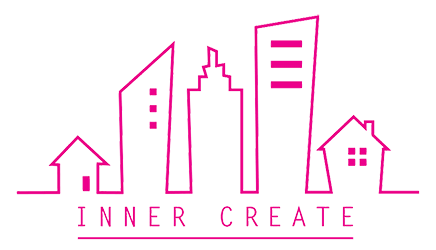The Truth About Spray Foam Insulation: Risks, Challenges, and Better Alternatives
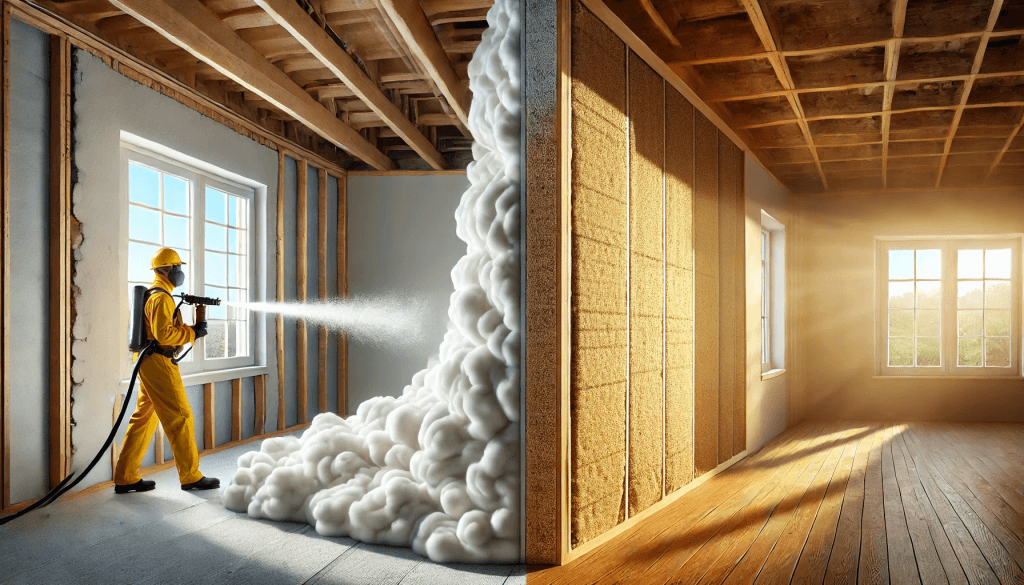
Understanding Spray Foam Insulation: What You Need to Know
Spray foam insulation has gained popularity in home extensions, loft conversions, and retrofitting services. While it provides some thermal benefits, its use has raised concerns, particularly when considering mortgage approvals and long-term structural health.
Why is Spray Foam Insulation Problematic?
1. Types of Spray Foam
There are two types of spray foam insulation: open cell and closed cell. The key differences are:
- Density: Closed-cell is much denser.
- R-value: Closed-cell has a higher R-value (meaning it is a better insulator)
- Moisture: Open-cell is permeable; closed-cell is a vapor barrier.
- Strength: Closed-cell adds structural strength.
- Cost: Open-cell is less expensive.
- Sound: Open cell is better for sound dampening.
In essence, the choice between open-cell and closed-cell foam depends on the specific insulation needs, including factors like climate, moisture levels, and desired thermal performance.
2. Moisture and Condensation Risks
One of the biggest concerns with spray foam insulation is its ability to trap moisture, leading to condensation and dampness in timber-framed roofs and structures. While both types of foam can trap moisture, closed cells’ non permeable structure can make the problem worse. If not correctly installed, it can:
- Reduce air circulation and ventilation in the roof space.
- Cause condensation on the underside of the roof, leading to timber decay.
- It makes property surveys difficult, as the foam covers structural elements.
Long term effects from trapped moisture can rot timber and create mould. All risks can vary depending on the building structure, climate and region.
Not all installations are problematic and where it has been designed and installed to meet a certified system such as BBA backed with an insurance guarantee then the risk is considerably reduced.
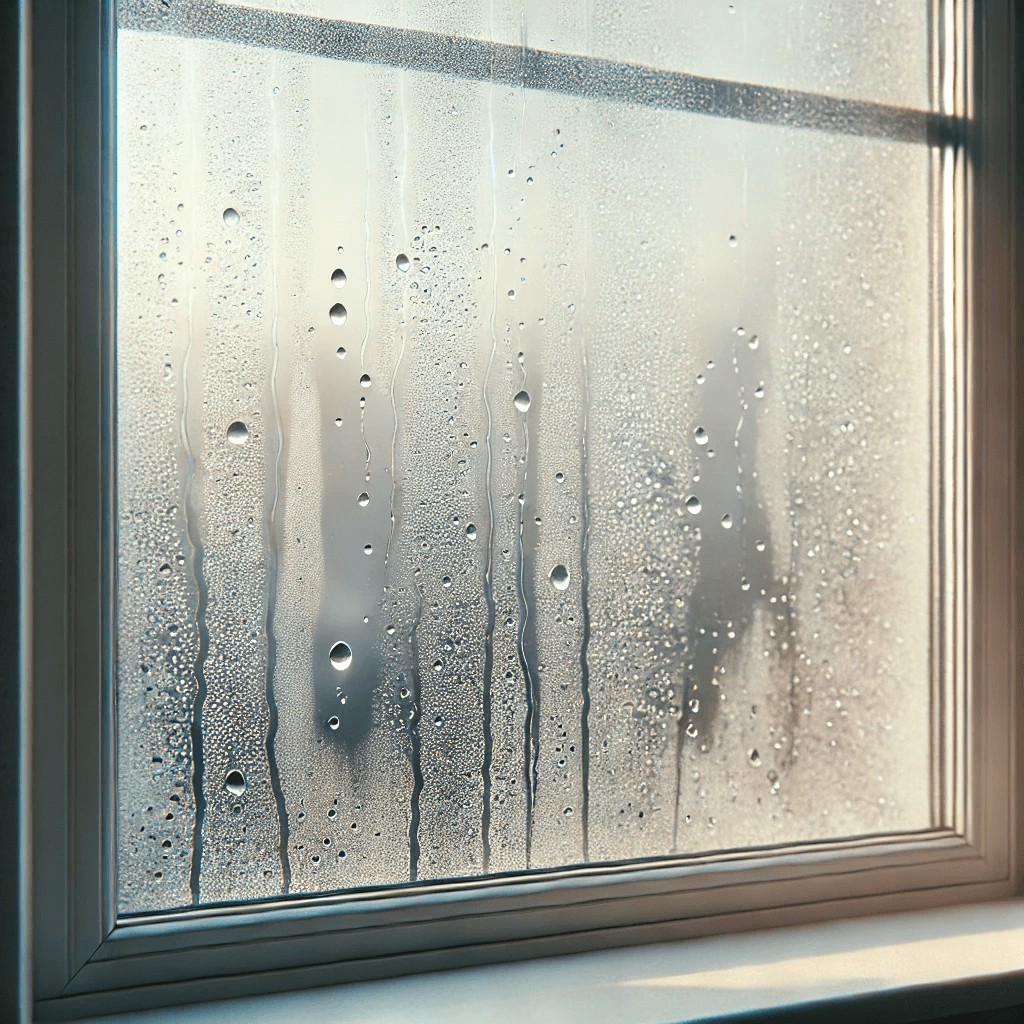
3. Mortgage and Property Value Issues
Spray foam insulation can create unexpected issues for homeowners looking to sell or refinance. Some mortgage lenders refuse to finance properties where poorly installed spray foam makes it difficult to assess the roof’s condition.
- The Royal Institution of Chartered Surveyors (RICS) warns that spray foam insulation can negatively impact property valuation.
- Spray foam removal can be costly, with estimates reaching £3,500+ for a three-bedroom detached house.
- If installation documentation is missing, homeowners may struggle to secure financing.
In many circumstances it is difficult to tell if the installations are performing correctly and it may be necessary to remove sections of the foam to inspect if there are any issues.z
A Better Alternative: Natural Wood Fibre Insulation
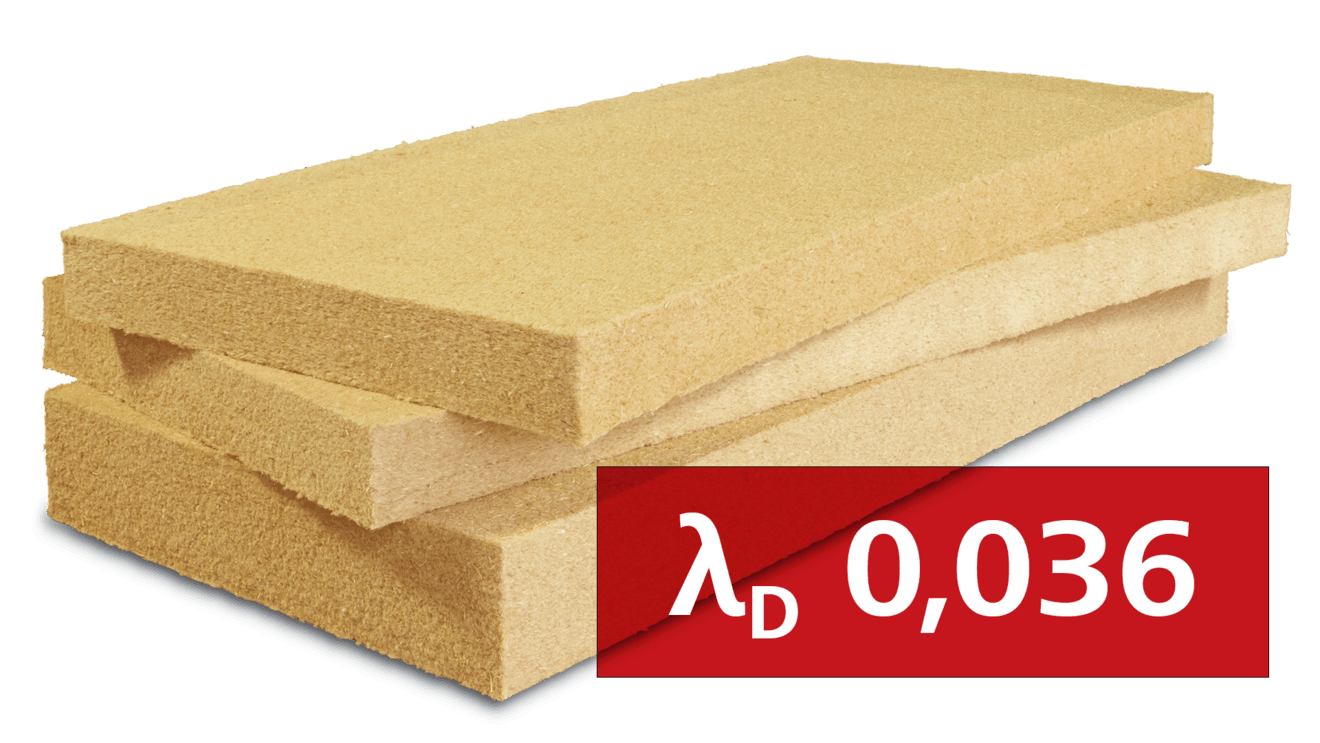
There are many types of insulation including rigid foam sheet, loose fill and mineral products. Different products offer various benefits including soundproofing, moisture resistance or Eco-friendly credentials. There are now many Natural and Eco-Friendly Options including:
- Mineral Wool
- Made from rock or slag, mineral wool is fire-resistant and offers excellent thermal and acoustic performance.
- It’s also resistant to moisture and mold.
- Multifoil
- This type of insulation works by reflecting radiant heat, which is very effective.
- It is thin, and easy to install.
- Cotton Insulation (Denim)
- Made from recycled denim scraps, cotton insulation is another eco-friendly choice.
- It’s effective at both thermal and acoustic insulation.
- Hemp Insulation (HempWool®)
- Hemp insulation is a relatively new but promising option.
- It’s breathable, sustainable, and offers good thermal performance.
- It is growing in popularity.
- Cellulose Insulation
- Made from recycled paper, cellulose is a loose-fill insulation that’s treated with borates for fire resistance.
- It’s effective at filling gaps and provides good thermal performance.
- It’s a very good recycled product.
- Wood Fiber Insulation
- It’s breathable, manages moisture well, and offers good thermal and acoustic performance.
- It’s also sustainable, made from renewable resources.
All insulation products must be properly designed to manage moisture risk, airtightness and provide the right level of thermal resistance..
At Inner Create, we specialise in delivering professional retrofit services tailored to your needs. 🔗 Learn more about how our Retrofit Services can help improve your home’s energy efficiency and comfort.
Key Benefits of Wood Fibre Insulation
Superior Thermal Performance
Helps reduce energy bills by improving heat retention in winter and cooling in summer
Moisture Management
A breathable material that prevents dampness and enhances indoor air quality
Acoustic Insulation
Naturally absorbs sound, creating a quieter and more comfortable home
Eco-Friendly and Sustainable
Made from renewable energy sources, reducing your carbon footprint
Healthier Living Environment
Wood fibre insulation prevents mould growth, improving health and well-being while tackling climate emergencies
When is Retrofitting with Wood Fibre Insulation Ideal?
If you’re planning a home extension, loft conversion, or general retrofit, this is the best time to upgrade external or internal insulation with Eco-friendly insulation. Our professional retrofit services work to PAS 2035 standards and compliance with UK Building Regulations, helping homeowners achieve net zero energy efficiency.
PAS 2035 is a British standard that outlines how to improve the energy efficiency of existing homes. It’s a framework that’s used for the design, assessment, and implementation of energy efficiency measures. The standard is there to make sure the right professionals are involved in your project.
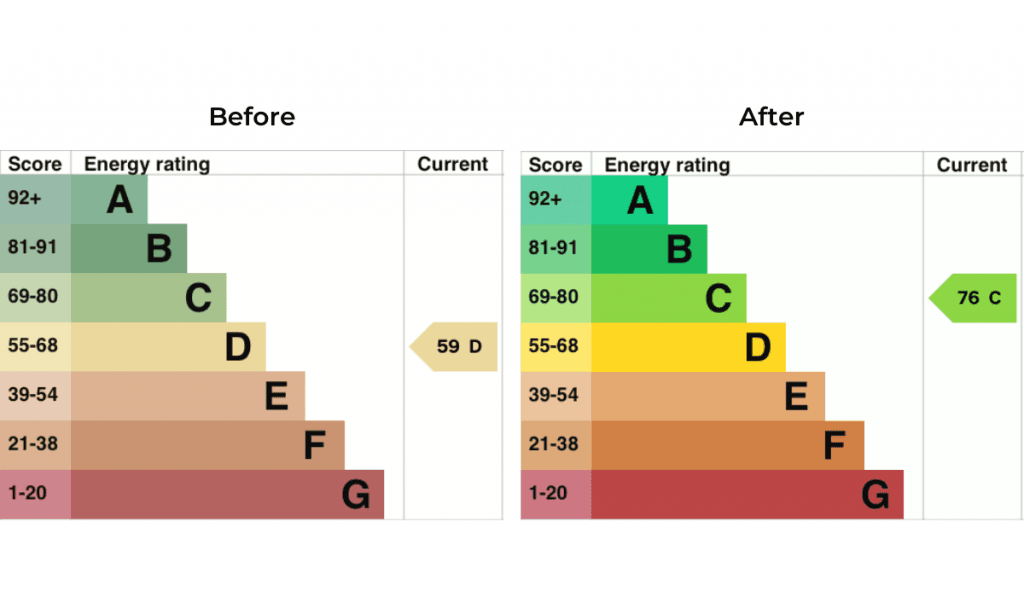
We have successfully completed retrofitting services across Milton Keynes, Bedfordshire, Luton, Buckinghamshire, Northamptonshire, Sussex, London and surrounding areas, helping homeowners increase comfort and property value while reducing energy consumption.
Additionally, many homeowners are eligible for financial support through government schemes and grants to make home insulation more affordable. If you’re considering a home retrofit project, it’s worth exploring available funding and grants that can help offset the costs.
Final Thoughts: Should You Remove Existing Spray Foam?

If your home already has spray foam insulation and you’re planning to sell or refinance, removal might be necessary. However, this requires a professional assessment, as roof replacement may be needed if timber decay is present.
At Inner Create, we provide expert guidance on retrofit solutions that prioritise energy efficiency and long-term durability. Whether you’re upgrading insulation for a house extension, loft conversion, or commercial property, our team can help you explore the best options.
Get in Touch for Expert Advice
If you’re considering an insulation upgrade for your home extension or retrofit project, our team at Inner Create is here to help. We offer professional retrofit services across Milton Keynes, Bedfordshire, Luton, Buckinghamshire, Northamptonshire, and surrounding areas, ensuring high-quality results tailored to your needs.
Let’s design a healthier, greener home together!
Like what you’ve read? Share it and inspire someone else’s dream home journey!
For more design insights, head over to Inner Create.
Written by:

Paulina Figueroa
Marketing Executive dedicated to promoting our brand and engaging with clients. Paulina’s strategic insights and customer-focused approach enhance our community connections.

Darren Murphy
Director and Founder of Inner Create, Darren brings years of experience in architectural design and construction to each project. His hands-on approach and focus on quality ensure that every design meets the highest standards while aligning with client needs and expectations.
